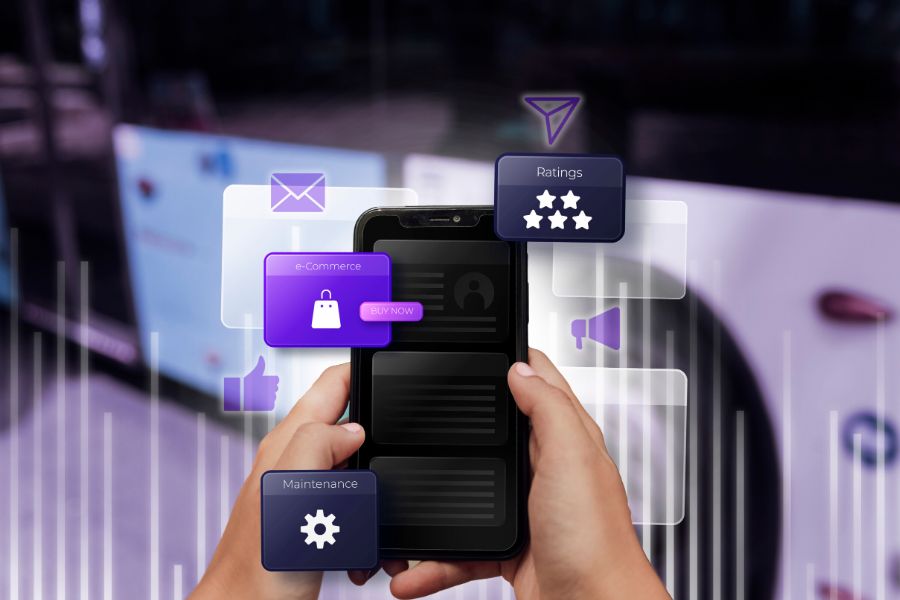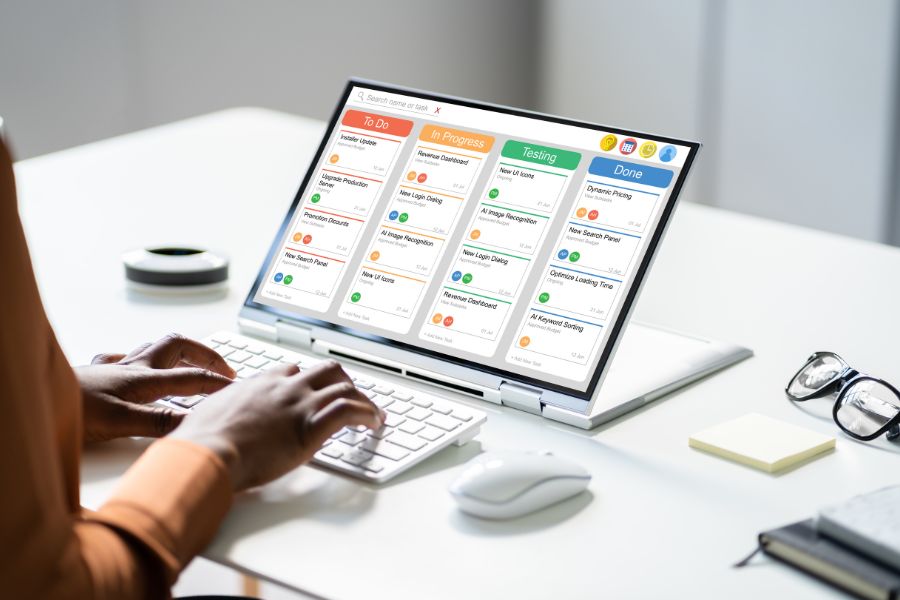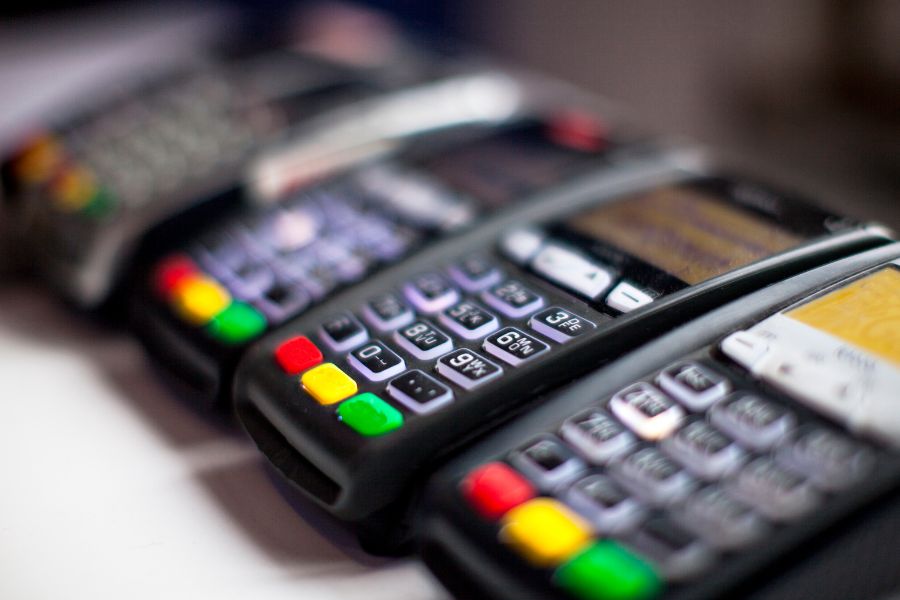With the rise of mobile commerce, it’s clear that retailers need to raise the shopping experience on mobile devices. In fact, in 2019, over one-third of U.S. e-commerce sales came from smartphones, and that number is expected to grow. While developing a native mobile app may seem like the solution, it often requires significant time and resources. Enter the PWA app, a technological advancement that offers the convenience of a native app without the complexity. With a PWA app, retailers can instantly provide a seamless mobile experience directly from the browser, combining speed, accessibility, and minimal development effort. In this article, we’ll explore why adopting a PWA app instantly is a smart move for modern retailers.
What is a PWA App?
PWA stands for Progressive Web Application. Simply put, it’s a hybrid between a website and a mobile app. Although PWAs are accessed through a browser, they behave and feel like native apps.
Imagine when visiting a website that uses PWA technology, you might see a prompt asking if you’d like to add the site to your home screen. If you agree, the site appears just like a regular app on your phone, without requiring any downloads from an app store.
Furthermore, PWAs are compatible with multiple browsers, including Google Chrome, Safari, Firefox, Edge, Opera, and Samsung Internet. This ensures a seamless experience across different platforms and devices.
Why Do Retailers Love the PWA App?
Faster Development Compared to Native Apps
Building a native mobile app can take anywhere from three to nine months, and that’s just the start. After development, the app must go through rigorous approval processes to be listed on app stores, which can cause further delays. Even then, there’s no guarantee it will stand out in a crowded marketplace or achieve the desired number of downloads.
With a PWA app, retailers can bypass these hurdles. PWAs are built using web technologies, which means they’re faster to develop and don’t require separate versions for different mobile operating systems. This saves both time and resources, allowing retailers to focus on what truly matters—delivering a great customer experience.
Lightning-Fast Loading Times
In the digital world, speed is everything. Studies show that more than half of visitors will abandon a website if it takes more than 3 seconds to load. This is where PWAs shine. Since they cache key assets in the browser, PWAs load almost instantly—often in less than a second.
By providing a seamless, fast-loading experience, PWAs reduce bounce rates and keep customers engaged, improving the chances of converting casual browsers into loyal buyers. Faster loading times not only enhance customer satisfaction but also contribute to better SEO performance.
Minimal Storage Requirements
One of the biggest drawbacks of native apps is their size. Once downloaded, a native app can take up significant storage space on a user’s device, which can discourage installs or lead to app deletion when space runs low.
In contrast, PWA apps take up virtually no space, as they don’t need to be installed in the traditional sense. They’re accessed via a URL and can be added to the home screen without downloading a large APK file. This lightweight nature makes PWAs more accessible to users with limited storage, offering the functionality of an app without the heavy footprint.
Cross-Platform Compatibility
Native apps require a separate version for each platform (iOS, Android, etc.), which complicates development and maintenance.
PWAs, on the other hand, are platform-agnostic. They run smoothly on any device with a modern browser, be it a smartphone, tablet, or desktop. This means retailers can reach a wider audience without the need to develop multiple versions of an app.
Improved User Engagement
PWAs can also send push notifications, similar to native apps, which helps retailers stay connected with their customers and drive engagement. These notifications can encourage users to return to the store, alert them about promotions, or notify them of new arrivals.
Since users don’t need to download a full app, they’re more likely to engage with the PWA, making it a valuable tool for customer retention.
In summary, PWA apps provide retailers with a faster, more cost-effective way to deliver a mobile-friendly experience. They load quickly, take up minimal space, and work across all devices, making them a smart choice for retailers to improve customer satisfaction and engagement.
Real-World Examples of Retailers Using PWAs
Alibaba
As the world’s largest B2B marketplace, Alibaba serves millions of users from over 200 countries. To bridge the gap between their native app and mobile web, Alibaba adopted a Progressive Web App (PWA).
The results were impressive—total conversions (direct supplier contact) increased by 76% across browsers. Additionally, the “Add to Home Screen” feature boosted active user rates by 14% on iOS and 30% on Android.
Forbes
Known for its heavy content and slow-loading pages, Forbes needed a faster mobile solution, and PWAs proved to be the answer. After switching to a PWA, Forbes reduced its mobile site loading time to an impressive 0.8 seconds, compared to the previous 3–12 seconds. The new site also introduced a “Cards” format, similar to Snapchat Stories, featuring interactive media like videos and quizzes.
Furthermore, Forbes developed a new in-house ad format, Fluid, which loads faster on mobile devices, improving overall user experience.
Lancome
Luxury beauty brand Lancôme faced a significant gap in mobile and desktop conversion rates, with mobile conversions at 15% compared to 38% on desktop.
To address this, Lancôme launched a PWA, reducing page load times by 84% and bounce rates by 15%. The result? A 53% increase in mobile sessions and a 17% rise in conversion rates. The PWA also received a performance score of 94/100 on Lighthouse, Google’s tool for web page quality analysis.
Twitter (X)
For its 328 million active users, 80% of whom access the platform via mobile, Twitter made Twitter Lite PWA the default mobile web experience in 2017.
The PWA requires less than 3% of the storage space compared to the native Android app, making it more accessible for users with limited storage. This shift led to a 75% increase in Tweets, a 65% increase in pages per session, and a 20% reduction in bounce rates.
Starbucks
With a strong focus on accessibility, Starbucks adopted PWA technology to provide universal access to their services, particularly in regions with unstable internet or for users who may lose connectivity, such as commuters.
Their PWA is 99.84% smaller than their native iOS app (233 kB vs. 148 MB), making it lightweight and faster to load. It’s fully functional offline, allowing users to browse the menu and customize orders without an internet connection.
ConnectPOS with a Fully Integrated PWA
The PWA Consumer App integrated within ConnectPOS is a Magento-recognized innovation that enhances the shopping experience for your customers. Here’s how it works:
- Instant Product Browsing
When customers enter your store and scan a QR code, a PWA interface—designed to feel just like a native app—appears on their phone. This allows them to freely browse all available products and quickly find what they need. - Detailed Product Information
No need to rely on sales associates for product details. Customers can simply scan the barcode of any item to instantly view information like price, attributes, and origin directly on their phones. - Seamless Ordering of Out-of-Stock Items
If an item is out of stock, there’s no need to worry about lost sales. With ConnectPOS, customers can order the product through the PWA and choose either in-store pickup or home delivery, ensuring a smooth shopping experience. - Personalized Recommendations
Using cross-selling strategies, the PWA suggests personalized product recommendations based on the customer’s cart and purchase history, encouraging additional purchases without any manual effort. - Self-Checkout
During busy seasons, avoid long lines by allowing customers to check out directly from their phones. They can pay via the PWA, receive a barcode, and have the cashier scan it to finalize the purchase. The PWA supports a wide variety of payment methods, including cash, credit cards, vouchers, store credits, and more.
Conclusion
Adopting a PWA app instantly can transform the way retailers engage with customers, offering a faster, more flexible, and cost-effective alternative to traditional native apps. With benefits like faster loading times, minimal storage requirements, and seamless cross-device compatibility, PWAs provide a superior mobile experience that keeps customers engaged and boosts conversions. As seen in real-world examples from industry leaders, PWAs drive measurable results, making them an essential tool for any retailer looking to stay competitive in today’s market.
Contact ConnectPOS today to implement a PWA app instantly and enhance your mobile shopping experience.
ConnectPOS is a all-in-one point of sale solution tailored to meet your eCommerce POS needs, streamline business operations, boost sales, and enhance customer experience in diverse industries. We offer custom POS with features, pricing, and plans to suit your unique business requirements.




